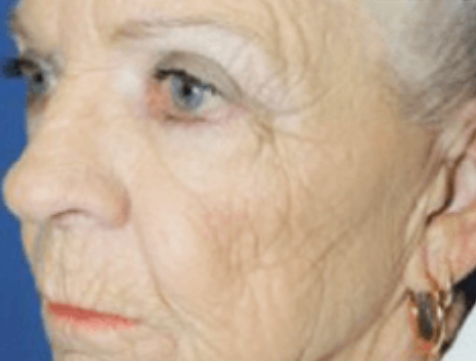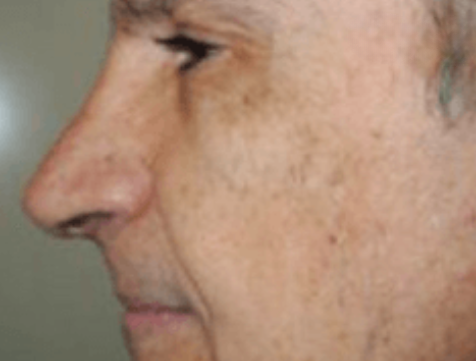Anesthesia is like the unsung hero in cosmetic and plastic surgery. Without it, many procedures we take for granted today would be unbearable, if not impossible. It ensures patients remain comfortable, pain-free, and calm throughout their procedure.
Contents
Dr. Amy Bandy: Expertise and Experience
Dr. Amy Bandy, boasting 20 years of unparalleled experience in Newport Beach, CA, understands the profound importance of anesthesia in her practice. Having assisted countless patients, she emphasizes the need for safe and effective anesthesia options tailored to individual needs.
Different Types of Anesthesia
Anesthesia in plastic surgery isn’t a one-size-fits-all approach. The chosen type can vary based on the procedure, patient’s health, and personal preferences. Let’s delve into the primary options:
- Local Anesthesia Administered directly to the treatment area, this blocks sensation in a specific region of the body. Patients remain awake but don’t feel pain in the numbed area. Ideal for minor procedures.
- Regional Anesthesia Affects a larger area than local anesthesia, such as an entire limb. Epidural anesthesia, used during childbirth, is a form of regional anesthesia.
- General Anesthesia Patients sleep through their procedure with this option. They feel no pain and have no memory of the surgery. It’s preferred for more extensive, invasive surgeries.
Factors Influencing Choice of Anesthesia
Several factors play a pivotal role in determining the best anesthesia type:
- Type of Procedure Simple, quick procedures may only require local anesthesia, while comprehensive surgeries often necessitate general anesthesia.
- Patient Health and Comfort Medical history, allergies, and even anxiety levels can dictate anesthesia choice.
- Surgeon’s Recommendation Dr. Amy Bandy considers each patient’s unique situation, recommending the safest and most effective anesthesia option.
Benefits of Proper Anesthesia
Proper anesthesia facilitates a smooth surgical experience, minimizing pain and discomfort. It allows surgeons like Dr. Bandy to operate with precision, ensuring optimal outcomes for patients.
Potential Risks and How They’re Managed
Every medical procedure, including the administration of anesthesia, has its risks. However, under Dr. Amy Bandy’s and her team’s expert care, potential risks are minimized and managed with utmost professionalism. Constant monitoring and adherence to best practices ensure patient safety at all times.
Post-Operative Anesthesia Care
Once surgery is over, managing the after-effects of anesthesia is paramount. Patients might experience drowsiness or minor side effects. Under Dr. Bandy’s vigilant care, patients are closely monitored until they’re ready to go home.
Key Takeaways
Anesthesia plays an indispensable role in the realm of plastic and cosmetic surgery. With options tailored to individual needs, surgeons like Dr. Bandy ensure patients receive the highest standard of care during their transformative journey.
FAQs
How do I know which anesthesia type is right for me?
This is determined by your surgeon based on the procedure, your health, and personal preferences.
Are there side effects to anesthesia?
Some people might experience drowsiness, nausea, or dizziness, but these effects are generally short-lived.
How long do the effects of anesthesia last?
It varies. Local anesthesia wears off in a few hours, while general anesthesia may require more recovery time.
Can I eat before undergoing anesthesia?
Typically, patients are advised to fast for several hours before surgery. Always consult with your surgeon for specific guidelines.
Is anesthesia safe for older adults?
Yes, with thorough assessments and under expert care, anesthesia is safely administered to patients of all age groups.













